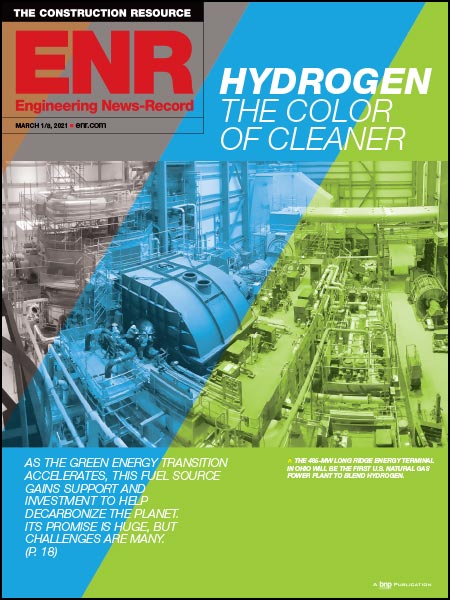PennDOT Pushes On With P3 Plan To Replace 614 Bridges

Informed by recent public-private partnerships (P3) and accelerated bridge construction (ABC) programs in other states, Pennsylvania is well under way with the process of combining the two concepts into its plan for addressing 614 structurally deficient bridges.
The Pennsylvania Dept. of Transportation (PennDOT) late last month asked four teams to submit proposals for its Rapid Bridge Replacement Project. In a release, PennDOT states that it expects to release final project details and requirements to the teams this summer and select a preferred proposal by year's end, with a summer 2015 start.
Plenary Walsh Keystone Partners includes the Plenary Group, Walsh Group, Granite Construction, HDR, HNTB and Infrastructure Corp. of America. Keystone Bridge Partners includes InfraRed Capital Partners, Kiewit, Parsons, Allan A. Myers, DBi and American Infrastructure. Commonwealth Bridge Partners comprises John Laing Investments, Fluor, American Bridge, Traylor Bros., Joseph B. Fay Co., STV Inc. and Infrastructure and Industrial Constructors. Pennsylvania Crossings is composed of Meridiam, Lane Construction, AECOM, Trumbull, Wagman Cos. and Cofiroute.
The chosen team will finance construction, which is expected to take five years. Then, the team will maintain the bridges for 30 to 35 years. PennDOT will still own the bridges and perform routine maintenance. It will make availability payments to the team based on adherence to the performance requirements.
PennDOT was partly inspired to use P3 by other states' P3 programs, says Jamie Legenos, a PennDOT spokesperson. While the program echoes Missouri's Safe and Sound program—which replaced 802 bridges in less than four years (ENR 6/25/12 p. 16)—the Missouri program did not use a P3. Of the total, 554 were under a single design-build contract,. The agreement did not include a maintenance component for the private sector.
A series of key legislative developments within the past two years paved the way for the launch of the P3 bid process. PennDOT's bridge replacement program was launched in 2012 to address the state's nearly 4,200 structurally deficient bridges overall. According to the American Society of Civil Engineers, 24.4% of Pennsylvania's bridges are structurally deficient—the highest percentage of any state.
Gov. Tom Corbett (R) also signed Act 88, the new P3 tool, into law in 2012. The state P3 board approved P3 use for the bridge program on Sept. 27, 2013. Also, Act 89, the state's newest transportation funding law, enabled the program to expand to 500 from 200 bridges, thanks to passage of a wholesale fuel-tax increase that replaces a retail user fuel tax.
A 2008 gubernatorial attempt to lease the Pennsylvania Turnpike went sour, and the industry needed reassurance that this P3 was different, says Jason Wagner, policy and government relations director for Associated Pennsylvania Constructors, which worked with PennDOT on educational outreach. "We supported the P3 law, and we are hoping for success with this [bridge] endeavor," he says. "Industry can use the work, that's for sure."



